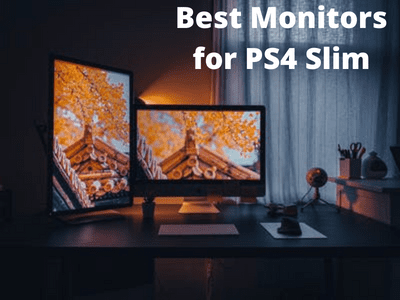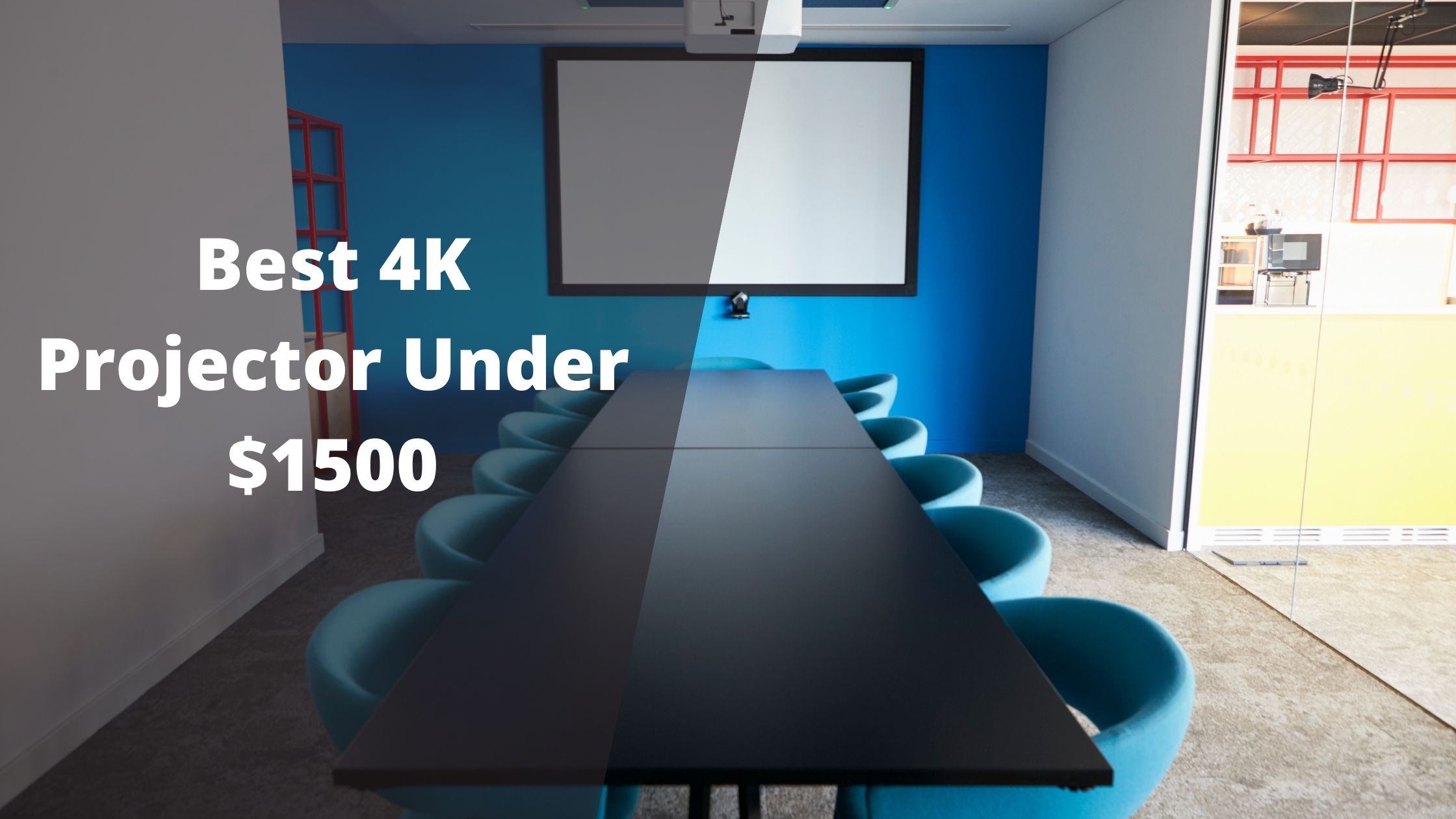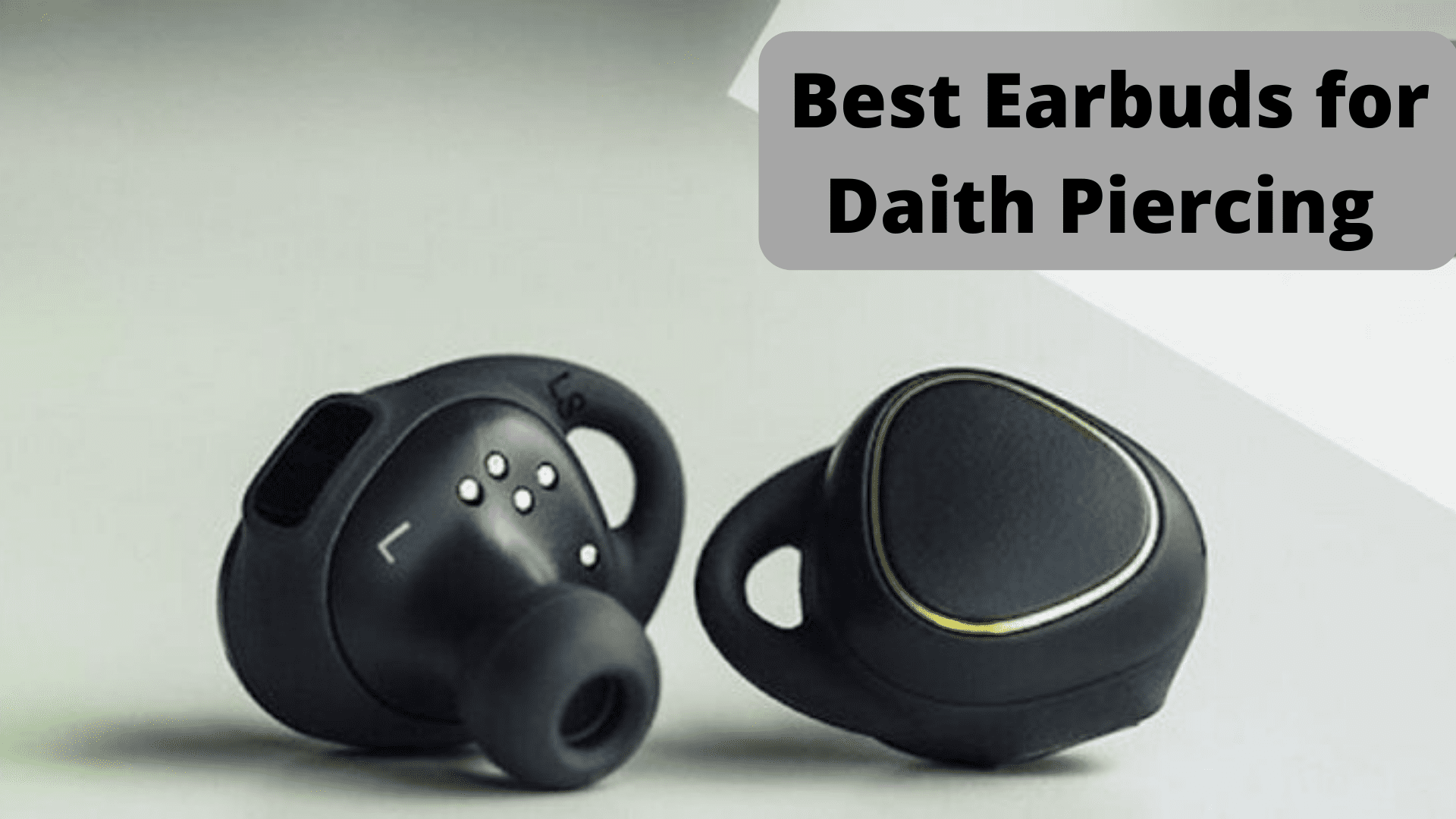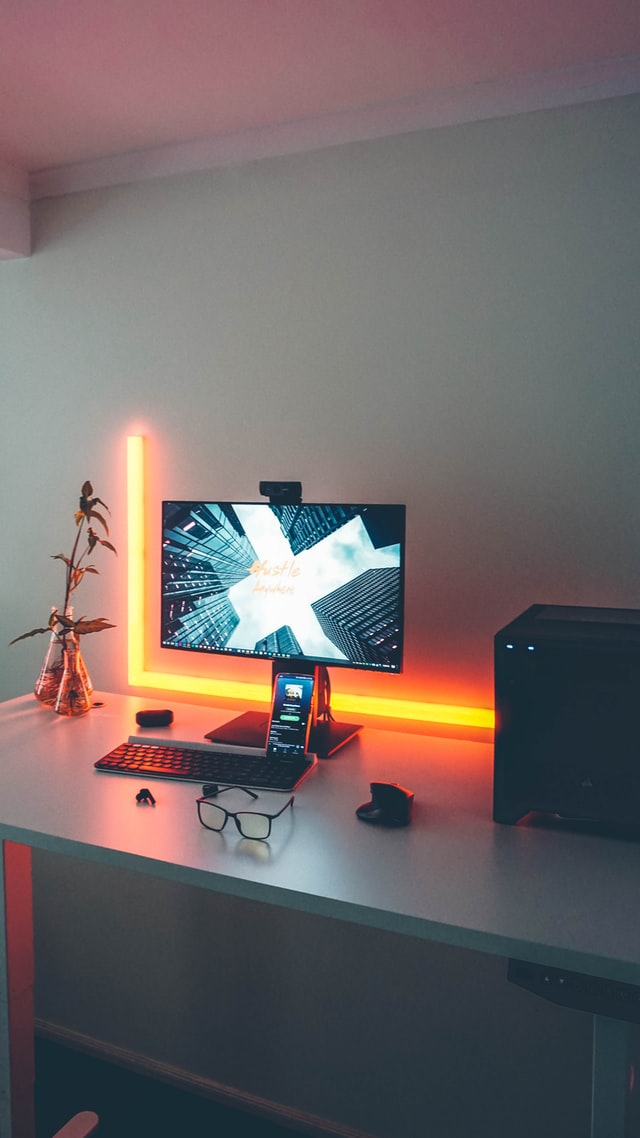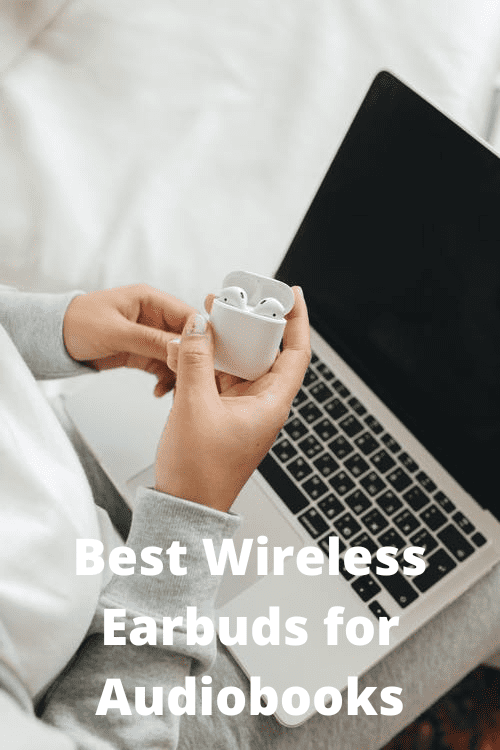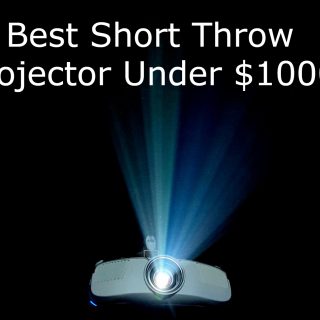Hello, my musician fellas!In this article, I want to enlighten you on how to connect in-ear monitors to the bass amp.
Benefits of using in-ear monitor
Before I get to that, I think a briefing about the benefits of using in-ear monitors is worth it.There are two main reasons to switch to an in-ear monitor.
Reducing stage volume
One is to reduce the stage volume. When you’re in a small club, or you’re in a church, or something like that, you’re always fighting your max volume, and you want more control over the front-of-house mix. Usually, you keep pushing the front-of-house mix to overpower what’s happening on the stage.
Also Check Out:Best Gaming Monitor Under $400
If you can silence or nearly silence as much as possible when there’s a drum kit, your stage volume gives your front-of-house engineer way more opportunity to the nice clean mix.
Addition of a click track
Second, it opens up a whole new opportunity for things you can have. An example of this is adding a click track. If you want to click an in-ear monitor, you cannot put it in a floor wedge because your audience will hear it.
Why a digital mixer?
Now, as for what you need to start with, I recommend not even attempting this without a digital mixer. You can get a rack mount version and control it with an iPad. There are plenty of different options, but a digital console gives you some good things. One, it gives you way more monitor outputs.
Stereo monitors
Another thing that you get is stereo monitors. So if you’re a drummer that likes to click in one ear, or you want to change the balance in some way, or you want to pan the drums, you can do that with a digital console.
Saving your mixes
The third thing it gives you is it allows you to save your mixes. If you’re a touring band and want a console for your monitor console, then you need to split your inputs, give one feed to the front-of-house console, and plug into this with your other split. And you get the same monitor mix every night. You can save it, you can recall it. You don’t have to worry about dialing it up or down, and somebody in your band can be in charge of your monitor mixes.
Wireless or wired in-ear monitor?
Next, you want to decide if you want wireless or wired in-ear monitors. It’s pretty cheap to get a $50 wired in-ear monitor amp that’s wired, and that’s great for drummers or people that don’t move around a lot, but typically you want something like the Shure PSM system.
Also Check Out:Best White Gaming Monitor
That is great for vocalists or guitars who like to move around on stage. But one word of caution; stick to the name brands like Shure or Sennheiser. They know wireless for events the best.Please do not use a brand like Galaxy Audio or Line Sticks. They’re just not as high quality. You get way more value with one of the established brands. And you’re going to be much happier with it.
Types of headphones
In terms of the types of headphones that you can use, it is up to you. You can go to a company like Westone or Ultimate Ears and get custom-molded in-ear monitors. Or you can use over-the-counter headphones from a company like Shure, Beats, or anything else.
How to connect and set up your in-ear monitor?
So in terms of how to set up your in-ear monitors, it’s simple.You can first pull the two XLR outputs, out of channels 9 and 10, on the back of the console, of course.If, for instance, you want a stereo pair, take those cables, convert them to a quarter inch using XLR to TRS adapters, and plug them into the back of the Shure PSM system.
Now, what you want to do with the PSM system is keep it within 10 or 20 feet of the artist. So I always recommend setting these up on the side stage. I would never put them in a front-of-house position. There’s just too much unreliability with a system like this.You will be far more reliable keeping in that 20, 30-foot distance.Plus, whoever’s doing your monitors should be side-stage anyway. That way, you can have good communication with the artist.
But that’s pretty much it.So you take the XLR out of the board, put it in here, and then set your mix. That’s a huge benefit of going digital-it’s a very similar interface.With digital, you can flip over to the main EQ and put EQ on the individual monitor mixes. So if there’s a picky artist, some frequencies are bugging them in their monitor, that’s super easy to do. You can EQ each output and then save it for the next show. So again, I would plug in my headphones if I was the mix engineer and monitor engineer-I would get a rough base going.There are a lot of tricks that make it handy to have in-ear monitors, but the bottom line is to be well-informed about how to connect them with your bass amp.
Related Article:
Best 4K Monitors For Photo Editing
How To Connect Two Monitors To One Computer With One VGA Port And One HDMI
Best Laptop Monitor For Photo Editing


